In the remote deserts of western China, a remarkable archaeological find stunned researchers and challenged what we thought we knew about ancient migration. Buried beneath the sands of the Tarim Basin, a series of perfectly preserved mummies dating back nearly 3,800 years began to reveal secrets hidden for millennia.
These were not the mummies many expected to find in East Asia. Instead of typical regional features, these individuals had reddish-blonde hair, long noses, and deep-set eyes that resembled European characteristics more than East Asian ones. Their clothing and burial practices were also entirely different from neighboring cultures of the time.
But perhaps the most surprising revelations came not from their appearance, but from their DNA.
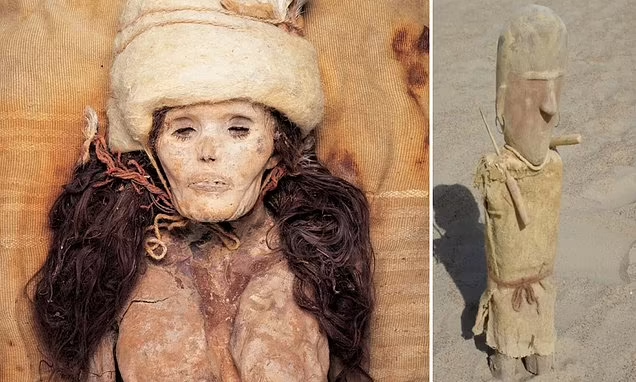
Ancient Faces with Unusual Features
The mummies discovered in the Tarim Basin were incredibly well-preserved thanks to the dry, salty desert environment. Unlike the wrapped and embalmed mummies of Egypt, these individuals were naturally mummified. Their bodies, clothing, and even hair remained largely intact.
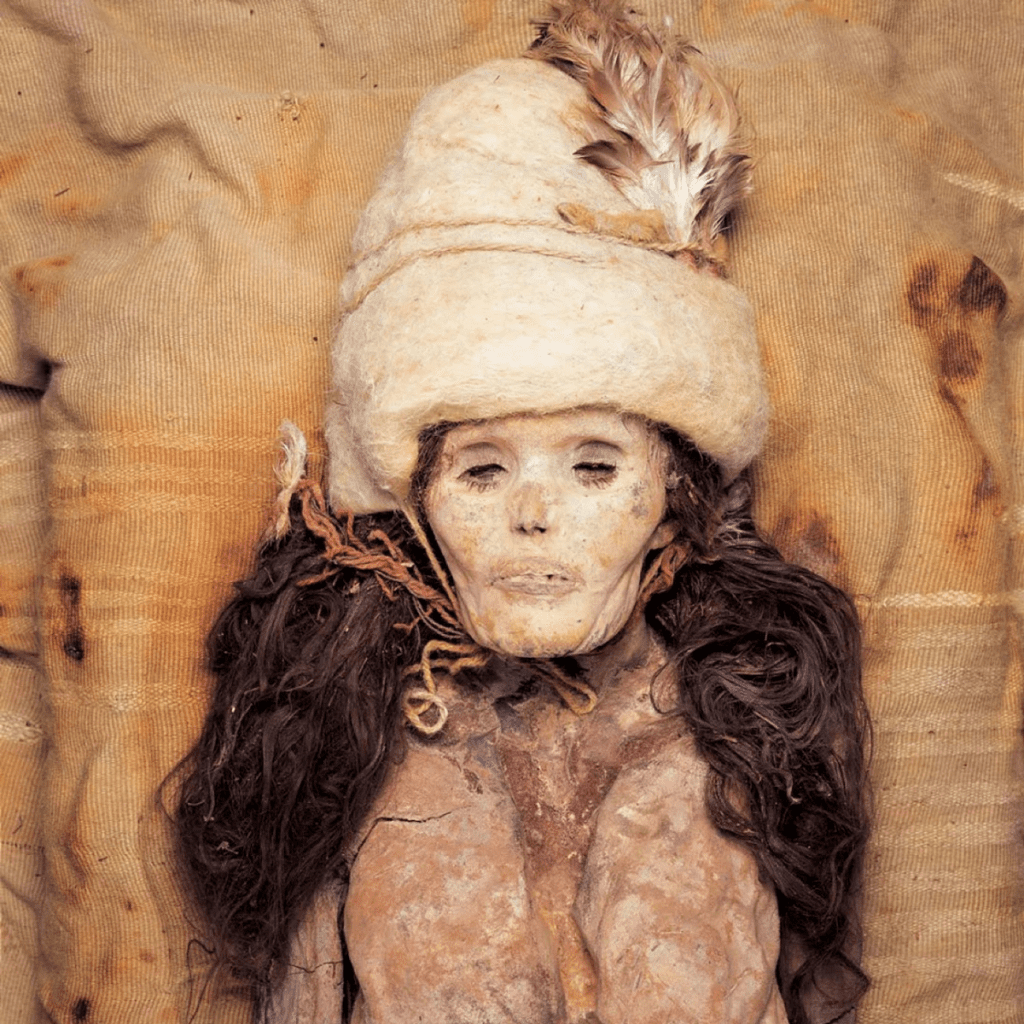
Many had high cheekbones, long limbs, and strikingly European-like facial features. One woman, known as the “Beauty of Xiaohe,” had soft facial expressions and long auburn hair that captivated scientists and the public alike. It was clear these people had not originated in the region but the question remained: where did they come from?
Video:
Blond Mummies, Tocharians and Indo-Europeans of China
DNA Traces Reveal a Distant Ancestry
Modern genetic testing has helped answer that question. When scientists analyzed the DNA from these ancient remains, they found something extraordinary. The genetic markers of these mummies traced back not to East Asia, but to populations near the Black Sea.
Their ancestry suggested links to the Indo-European peoples who once roamed the steppes of modern-day Ukraine, Russia, and parts of Central Asia. This connection indicates that long-distance migration across the Eurasian continent happened much earlier than previously believed.
These early travelers brought not only their genes, but their technologies and traditions as well.
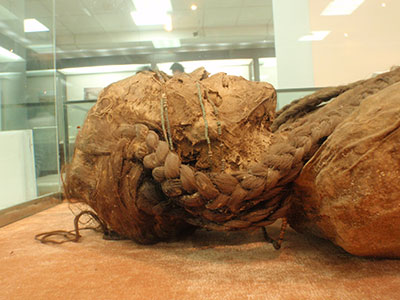
Bringing Innovation to Early China
Along with their physical features and distant roots, the Tarim Basin mummies carried cultural and technological innovations that had a lasting impact on early Chinese civilization. Excavations at their burial sites uncovered evidence of advanced bronze tools, finely woven woolen clothing, and signs of dairy farming.
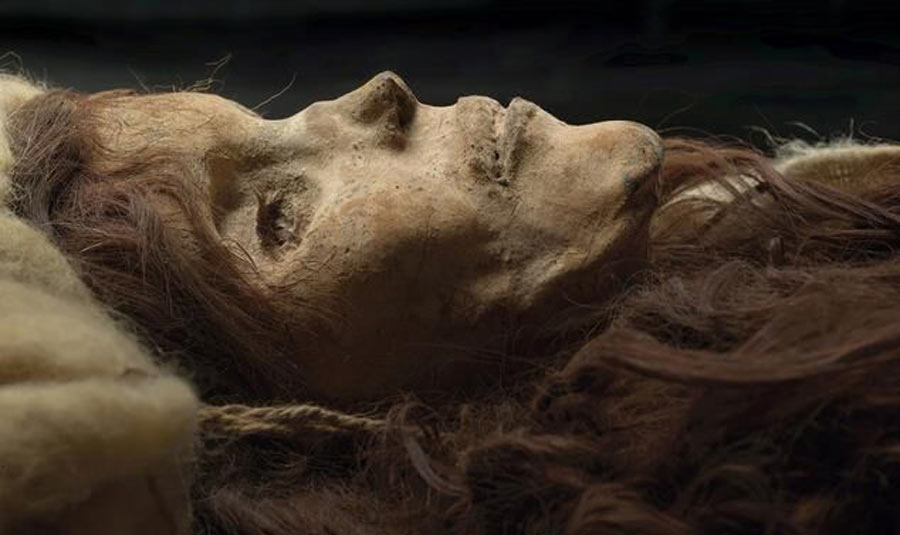
At the time, these innovations were not native to the region. Bronze metallurgy was still developing in nearby cultures, and wool textiles were uncommon in East Asia. The presence of these items suggests the Tarim Basin people played a vital role in cultural exchange along the ancient trade networks—precursors to the Silk Road.
Their livestock, diets, and clothing styles all point to a hybrid culture that blended western and eastern practices.
A Forgotten Chapter in the Story of Civilization
For centuries, the story of the Tarim Basin mummies was buried beneath layers of sand and time. Their discovery challenges long-held assumptions that ancient civilizations developed in isolation. Instead, it highlights a dynamic world in which people, ideas, and technologies flowed across continents.
Video:
DNA Reveals Unexpected Origins Of Enigmatic Mummies Buried In East Turkestan’s Taklamakan Desert
The findings also invite a deeper look into the early movements of Indo-European peoples and how they may have influenced distant cultures. The Tarim Basin, once thought of as a remote and isolated desert, now appears to have been a crossroads of civilization thousands of years ago.
Why It Still Matters Today
The story of the Tarim Basin mummies is more than just a historical curiosity. It reminds us that human history is complex and interconnected. Cultures once thought to be separate may have shared common ancestors, exchanged knowledge, and shaped each other in ways we are only beginning to understand.
This discovery also pushes back the timeline of East-West contact by more than a thousand years. It suggests that early humans were more mobile and adventurous than many historians once assumed.
As researchers continue to uncover more evidence from these ancient remains, we can expect even more insights into how our shared past was shaped by exploration, exchange, and unexpected encounters.
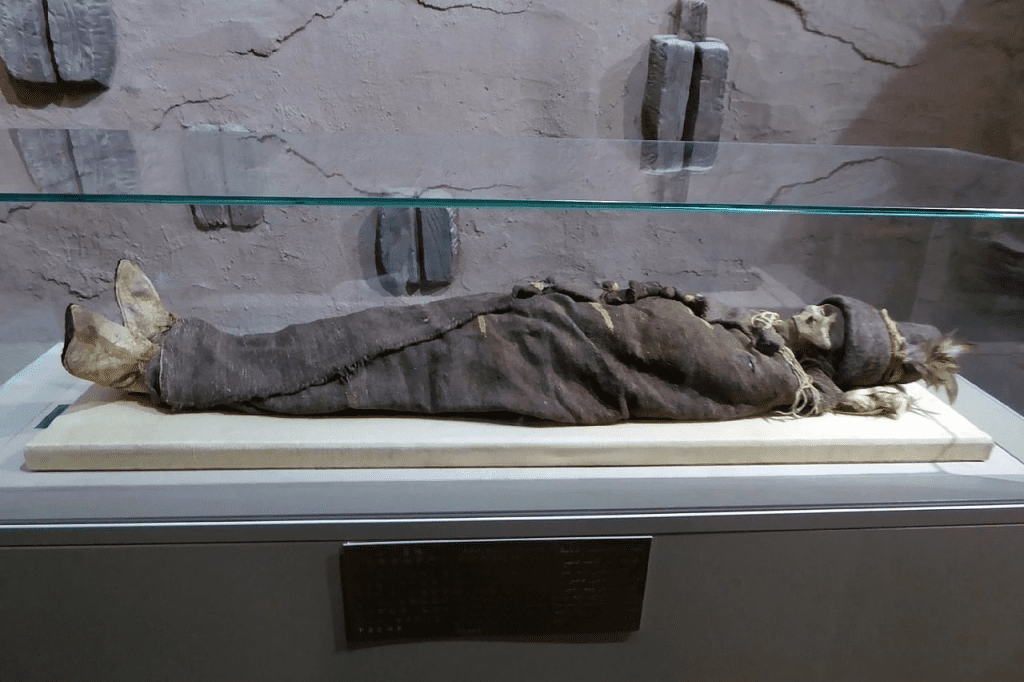
Conclusion: A Bridge Between Worlds
The mummies of the Tarim Basin are silent witnesses to a forgotten era. Their bodies, preserved by time and sand, speak volumes about the resilience, adaptability, and curiosity of early humans. They remind us that history is not confined by borders and that our ancestors were far more connected than we might have ever imagined.
Through their faces and their DNA, we see a powerful link between East and West one that began nearly 4,000 years ago and continues to reshape our understanding of where we came from.


